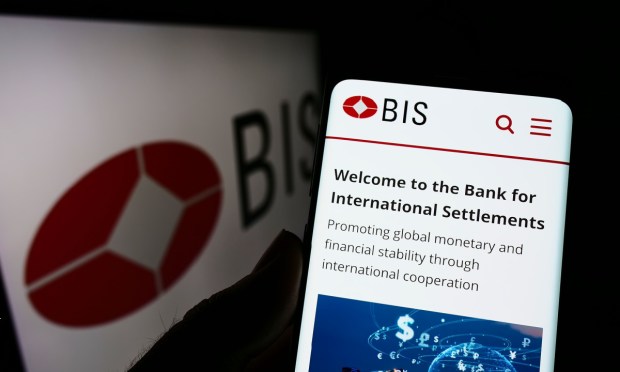
The Bank for International Settlements, central banks and traditional financial institutions (FIs) are in the midst of tackling various ways and means of creating and using tokenized bank deposits.
And what remains to be seen is whether those initiatives will define competition, or co-existence, with stablecoins and central bank digital currencies (CBDCs) … or a combination thereof.
Deposit tokens, broadly defined, are digital coins representing a deposit claim against a commercial bank.
As reported, the Bank of International Settlements (BIS) is working with central banks, the Monetary Authority of Singapore and the Bank of Korea among them, to launch Project Mandala. The announcement this week detailed that Project Mandala “seeks to ease the policy and regulatory compliance burden by automating compliance procedures,” and would do so for both CBDCs and tokenized deposits.
And elsewhere, also this week, the Bank of Korea noted that it is conducting a pilot in partnership with the BIS and other banks to test the feasibility of a wholesale CBDC used in the settlement of commercial bank tokenized deposits, and the programmability of those deposits.
We note that within the private sector — and specifically, among some of the marquee names in banking — tokenization is also gaining currency (pun intended). And tokenization, in principle and in practice, can be extended beyond the confines of deposits/traditional banking liabilities.
Last month, reports surfaced that JPMorgan Chase is mulling the use of blockchain technology to create a digital deposit token for faster cross-border payments and settlements — a move that would be separate from JPM Coin.
UBS said earlier in the week that UBS Asset Management has launched its “first live pilot of a tokenized Variable Capital Company (VCC) fund.” The pilot, the bank said, leverages the company’s in-house tokenization service, UBS Tokenize, to issue and distribute the fund.
As for the collaboration and co-existence that might lie on the horizon, in July, and after a 12-week project, the Federal Reserve and nine banks said a shared, permissioned, blockchain-based network that could be the basis for a new financial infrastructure. The Federal Reserve Bank of New York’s Innovation Center and the banks used a proof-of-concept project to examine whether an interoperable network for central bank digital currency (CBDC), commercial bank digital money and tokenized deposits could work.
In terms of mechanics, the regulated networks settle transactions directly through ledgers rather than through messaging between parties. Earlier this year, U.K. Bank of England Deputy Governor Sir Jon Cunliffe claimed that tokenized deposits offer “some or all of the functionality and efficiency claimed for stablecoins, allowing banks deposits to compete better with nonbank payment coins.”
The interoperability, we note, and co-existence between tokenized deposits and CBDCs would conceivably prove to be stiff competition for traditional stablecoins that have been issued privately. In that industry, “breaking the buck” has been a risk tied to offerings such as TerraUSD. The stablecoin market is still marked by an evolving regulatory landscape and at least some of the appeal of tokenized deposits lies with the fact that they are governed by existing banking regulations and frameworks that have been around for decades.